What kind of mechanism does a 'pulse oximeter' measure oxygen in blood without blood sampling?

A pulse oximeter has been introduced in Japan (PDF file) as
How pulse oximeters work explained simply.
https://www.howequipmentworks.com/pulse_oximeter/
Oxygen in the blood is carried by hemoglobin. Oxygen saturation expresses how much hemoglobin in blood carries oxygen. For example, if hemoglobin that does not carry oxygen is blue, and hemoglobin that carries oxygen is red...
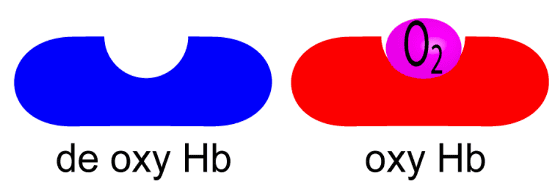
If half of the hemoglobin in the blood carries oxygen, the pulse oximeter value is 50%.
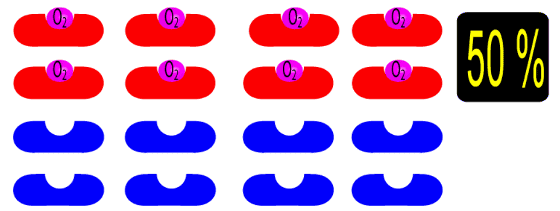
If all the hemoglobin in your blood carries oxygen, your pulse oximeter will be 100%. The normal value in humans is 96% or more, and less than 95% is at risk of respiratory failure.

A pulse oximeter uses light to measure oxygen saturation in blood. Light is emitted from the light source toward the light detector.
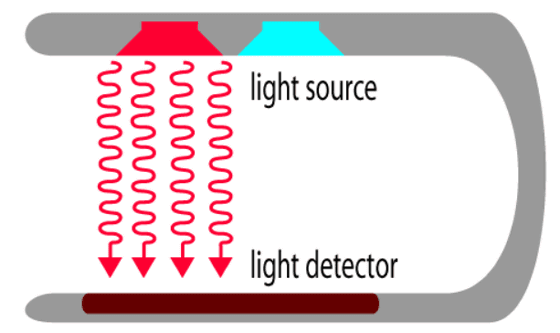
The amount of oxygen in the blood can be measured by inserting the fingertip into the pulse oximeter so that the light emitting side becomes the nail and the ventral side of the finger becomes the light receiving side.
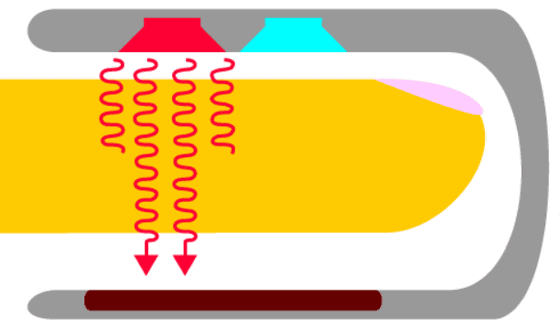
The fingers have arteries and veins, and hemoglobin carries oxygen throughout the body through the arteries. Therefore, the pulse oximeter measures the oxygen saturation in the arteries.

The only way to measure the oxygen saturation in blood with light is to measure the amount of oxygen in terms of 'how much the light emitted by hemoglobin has been absorbed.' Hemoglobin has different colors depending on the presence or absence of oxygen, hemoglobin carrying oxygen changes to 'bright red', hemoglobin that does not carry oxygen changes to 'dark red'. Because of the difference in color, the amount of hemoglobin that absorbs light also differs depending on the presence or absence of oxygen. The more hemoglobin in the blood, the more light is absorbed by hemoglobin and the less light passes through.

By irradiating part of the finger with light, the amount of oxygen carried by hemoglobin per unit area is measured.
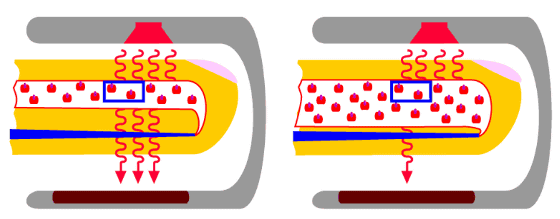
Also, two types of lights with different wavelengths are used in the pulse oximeter. One is red light with a wavelength of approximately 650 nm, and the other is infrared light with a wavelength of 950 nm (infrared light). The light absorption rate is measured using two types of lights, and the amount of hemoglobin carrying oxygen is measured.
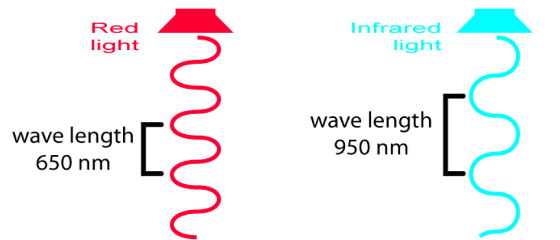
In the graph below, the vertical axis shows the light absorption rate and the horizontal axis shows the wavelength of light. Hemoglobin, which carries oxygen, absorbs more infrared light than red light.

Hemoglobin, which does not carry oxygen, absorbs much red light.
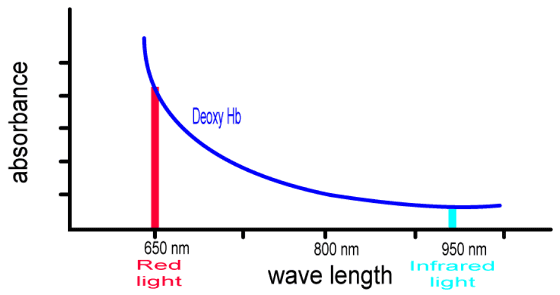
The pulse oximeter calculates oxygen saturation by comparing the amount of red and infrared light absorbed by hemoglobin.
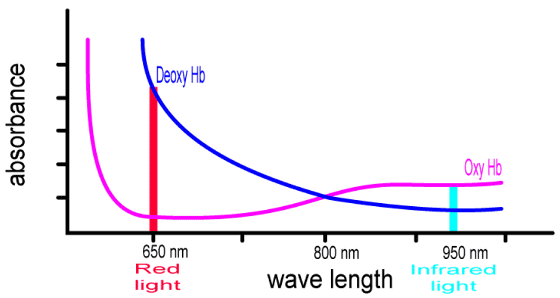
Also, since the pulse oximeter measures oxygen saturation with light, the room light (Room Light) becomes noise that interferes with the measurement.
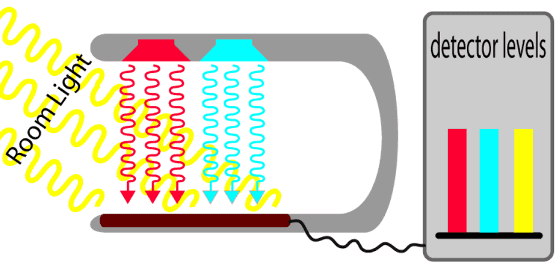
To reduce the noise of ambient light such as indoor light, the pulse oximeter does not turn on the red light and infrared light at the same time, but switches each light on and off quickly. First of all, the red light is turned on and the red light passes through your finger to the light receiver. When the room is bright, the light in the room also reaches the light receiving part.
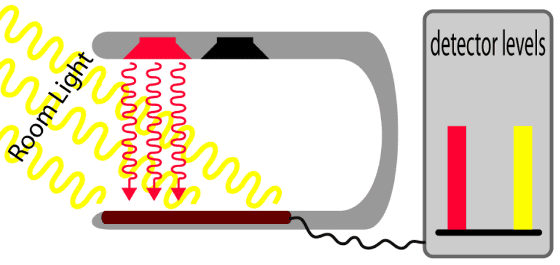
Then turn off the red light and turn on the infrared light. Infrared rays also pass through the finger and reach the light receiving part, and indoor light also reaches the light receiving part.
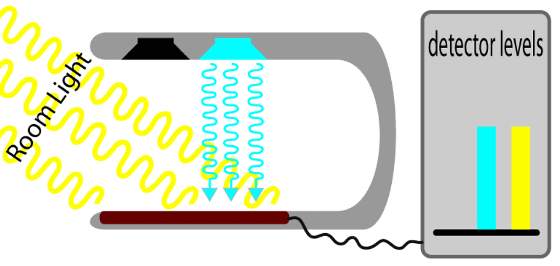
The pulse oximeter then turns off both red and infrared light and records the light in the room.

The last measured indoor light is subtracted from the measured value to obtain the levels of red light and infrared light. Note that if the room light is too strong, correct measurement results may not be obtained.
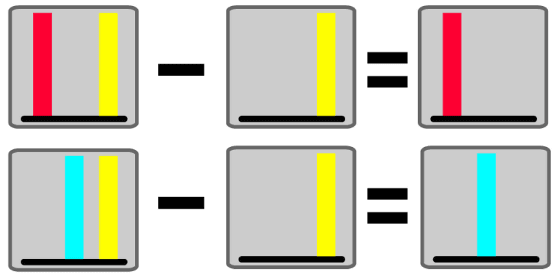
Therefore, in order to make a more accurate measurement, it is necessary to keep away from strong light or cover the pulse oximeter with a cloth or hands.
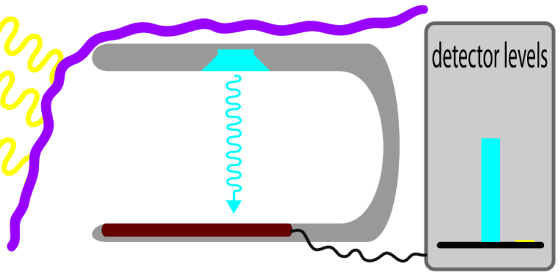
Also, if your fingers are not properly inserted between the light emitting unit and the light receiving unit.

If you have nail polish on your nails, it can also absorb light. In order to obtain accurate measurement results with a pulse oximeter, it is necessary to block the light and sunlight in the room as much as possible and insert your finger as far as it will go without touching your fingertips.

Related Posts:






